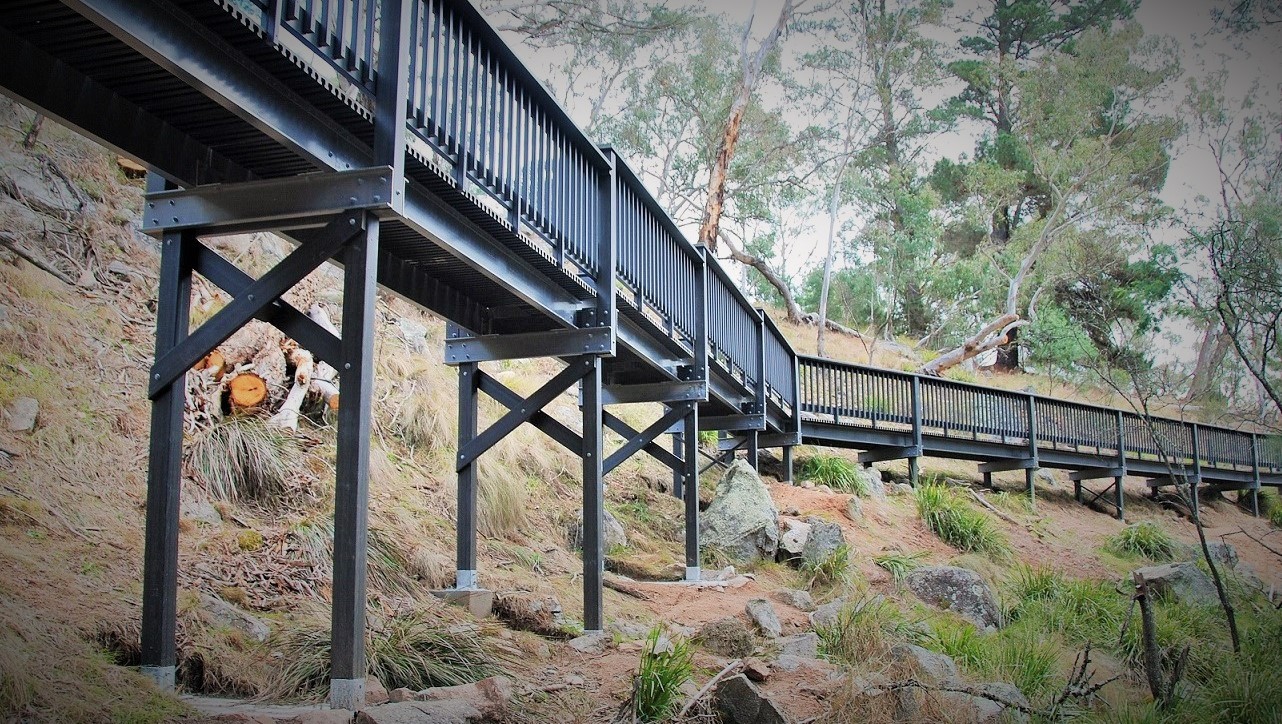
The denomination ‘wood-plastic composites’, WPC, is used to designate materials or products made of one or more natural fibres or flours and a polymer or a mixture of polymers. Natural fibres and flours come from different vegetable sources (e.g. wood, hemp, sisal, jute, kenaf, rice) and all kinds of polymers (virgin or recycled) can be used but currently the most common ones are polypropylene (PP) and polyethylene (PE).
SIS’s research and development into WPC ingredients, manufacturing processes and products is always ongoing, it is false to assume that it is just waste wood and a kind of polymer mixed together and pressed through an extrusion die or into the cavity of an injection mould. Our innovative, state of the art WPC compounds are well advanced. We have a large investment in intellectual property associated with wood conditioning, treatment, stabilization of various polymers as well as crucial additives and processing.
Our composite formula’s brings together the best qualities of wood and plastic to create a superior alternative to wood:
- Plastic shields the wood from moisture and insect damage, preventing rotting and splintering;
- Wood protects the plastic from UV damage while providing a natural, attractive look and feel.
The result is sustainable timber alternative products that require only periodic cleaning to remain sound for many years, therefore eliminating the need for sanding, staining or painting. It will not rot or deteriorate due to harsh weather or insects and is splinter-free and has excellent traction, even when wet. It contains no toxic chemicals or preservatives. WPC resists damage from moisture and sunlight, making it the natural choice for aquatic and marine environments to name a few.
SIS’s WPC products are quickly becoming the popular choice for stakeholders in projects large and small. Although they can be more expensive than traditional building materials, when looked at in a whole of life capacity it is quickly realised that WPC’s are the right choice when considering environmental, cost and life-cycle maintenance issues when planning projects.
Further benefits of WPC’s include:
- They contain renewable resources;
- No warping, doesn’t crack or rot;
- Tailoring with traditional wood-tools;
- Anti-bacterial and anti-fungus properties can be achieved;
- Available in a variety of iron based, colour fast colours;
- Reduced weathering, zero maintenance;
- Feels like wood, natural touch;
- Better stiffness than non reinforced plastic;
- Excellent anti-slip, due to sanding;
- Recyclable at end of life;
- Adjustable technical properties (ex: E-modulus);
- Hollow, solid and complex profiles possible.

